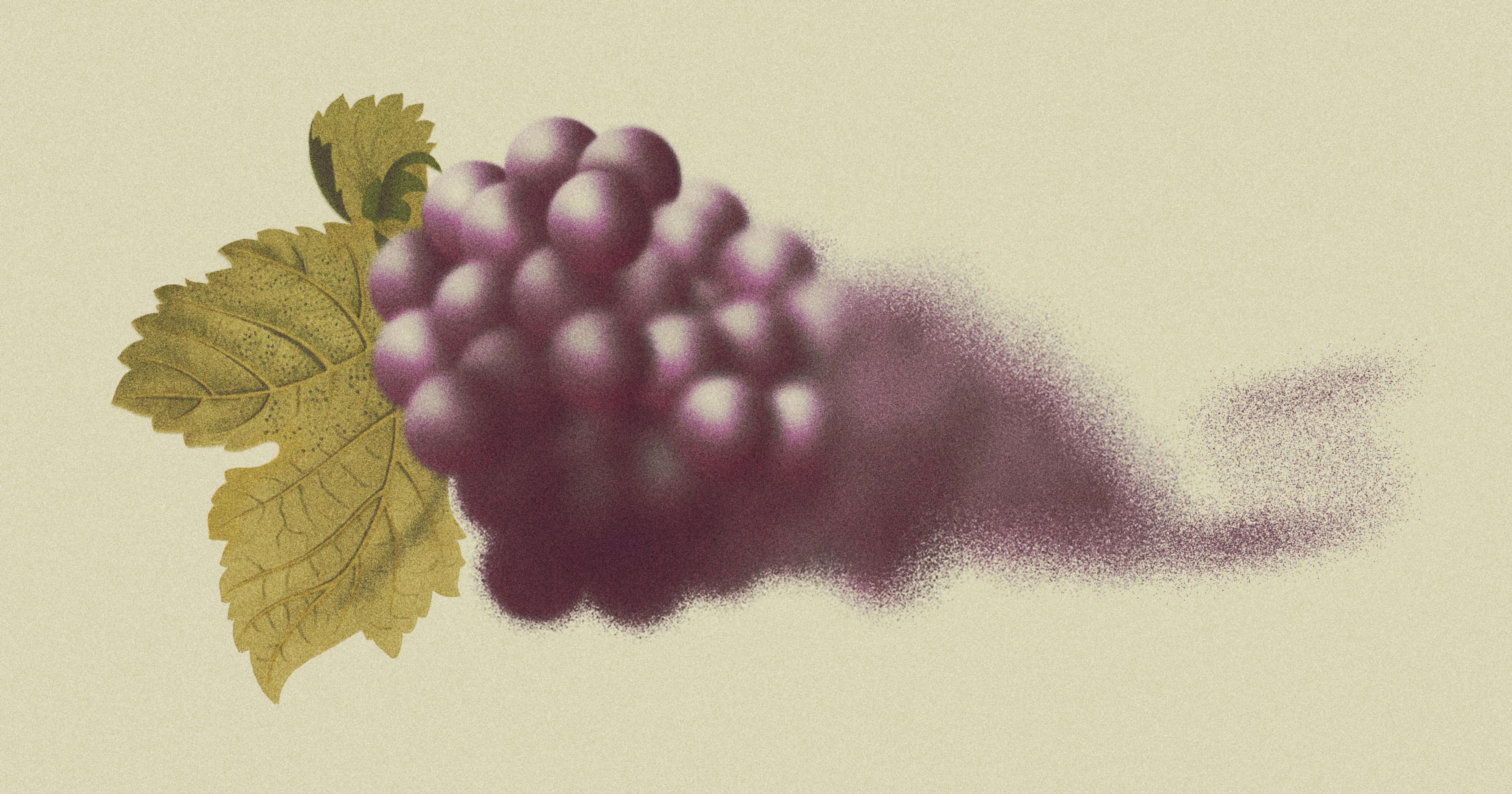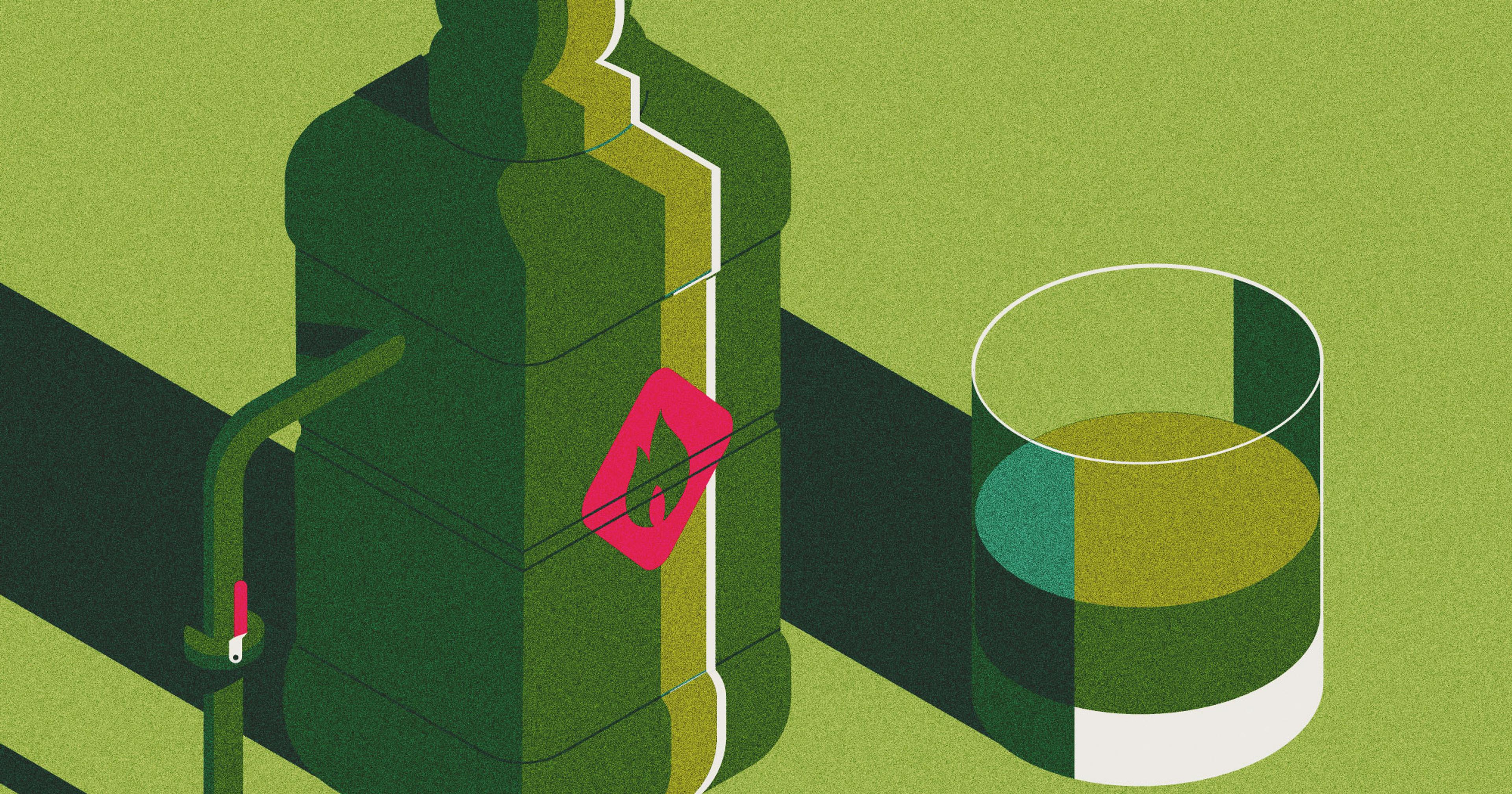After a series of lousy blueberry harvests, Maine researchers hope the charcoal soil amendment will help survive future droughts — valuable info for all farmers.
In Maine, researchers are on the hunt for ways to keep the state’s iconic wild blueberry industry from shriveling up.
For the past three years, drought conditions have dried out blueberry fields — the majority of which don’t have irrigation systems installed — causing the lowbush berries to ripen too quickly and fall to the ground before they can be picked. In 2020, Maine’s wild blueberry crop was less than 48 million pounds, the lowest number since 2004. And while the 2021 harvest experienced a much needed boost, 2022 brought another drought that severely impacted blueberry yields.
“The yield last year was low, the year before even worse,” blueberry farmer Lisa Hanscom told The Maine Monitor this fall. “I just hope to break even, to stay in the game.”
Of course, Maine’s water woes aren’t unique. Last October, nearly 82 percent of the country faced abnormally dry conditions, according to the U.S. Drought Monitor, marking the highest percentage since the drought monitor launched in 2000. It’s clear that farmers across the country are in need of water collection and retention solutions.
“Typically, you can just install irrigation systems to buffer drought and protect crops,” said YongJiang “John” Zhang, assistant professor of plant physiology at the University of Maine, who estimates that only about 30 percent of the state’s blueberry lands have irrigation systems. “But if you have to install an irrigation system, that’s a big investment.”
For many of Maine’s small-scale wild blueberry growers, installing costly irrigation systems just isn’t in the cards.
For many of Maine’s small-scale wild blueberry growers, installing costly irrigation systems just isn’t in the cards. So instead of relying on added irrigation to keep the crop afloat, Zhang and his research team are looking for ways to help growers reduce their reliance on water — an already scarce resource. One possible solution is to introduce a centuries-old soil amendment called biochar to aid with the process.
Made by burning organic material from agricultural and forestry wastes (known as biomass) in a high-heat, low- or no-oxygen environment called pyrolysis, biochar is a highly porous charcoal-like substance with sponge-like qualities. “That porous structure can increase the water holding and nutrient holding of the soil,” explained Zhang, whose team was recently awarded a grant for more than $74,000 from the USDA’s Natural Resources Conservation Service (NRCS) to determine how biochar made from local Maine forestry biomass can benefit the state’s wild blueberry growers.
While wild blueberries are not Maine’s largest crop — that would be potatoes — they are arguably the most important to the state, which grows the vast majority of the country’s blueberries. “They’re a cultural heritage here in Maine,” said Zhang. Local indigenous people were the first cultivators of wild blueberries, which unlike their cultivated cousins, are tinier, sweeter, and more nutrient-dense. Wild blueberries are not planted, they are managed, meaning the 40,000 acres in which they grow are located in areas where they have grown naturally for thousands of years.
As producers of all kinds grow more concerned about the relationship between soil health and drought, biochar is picking up steam in fields and on ranches, and for good reason. Biochar is especially beneficial to plants like blueberries that thrive in easily drained sandy soil — not exactly the ideal soil type to have when water is scarce. Sandy loam soil has a water holding capacity of 16% — measly when compared to clayey soil’s 45-55% — but that increases dramatically when biochar is added to the mix. According to a 2013 study that looked at the impact of biochar on sandy soil, the amendment can help double the soil’s water holding capacity.
“You’re valorizing what might otherwise be a waste product, what would otherwise be releasing CO₂ and other greenhouse gasses.”
In addition to absorbing water, moisture, and nutrients, biochar has been shown to reduce leaching of PFAS, or forever chemicals, from soil — especially important for Maine farmers, some of whom were recently affected by high levels of PFAS contamination. And because it’s made from agricultural and forestry waste, including timber, leaves, and even manure, the process of creating it helps sequester carbon, keeping harmful emissions caused by plant decomposition out of the atmosphere. Supplementing livestock feed with biochar has been shown to improve animal health, including improved growth performance, egg yield, and reduced methane production.
Beyond agricultural uses, landfills are being topped with biochar to control the release of harmful greenhouse gas emissions. In construction, biochar can be added to building materials such as brick and tile, reducing greenhouse emissions and pollution caused during the production of plastics and concrete.
“You’re valorizing what might otherwise be a waste product, what would otherwise be releasing CO₂ and other greenhouse gasses,” said Wendy Lu McGill, interim executive director of the International Biochar Initiative. “And that’s an additional benefit on top of what you’ve already done in creating the biochar.”
For many indigenous cultures around the world, burning organic matter to incorporate into soil and to feed animals has long been recognized as an important practice. The use of what’s now called biochar can be traced back to indigenous Amazonians, who used the char to revive nutrient-depleted soil. This practice is believed to have played a pivotal role in converting infertile, red-color soil into the desired darker-colored Terra Preta soils found throughout the Amazon Basin. But it’s only been since 2005, when the term “biochar” was coined by the late New Zealand scientist Peter Read, that modernized Western agriculture began to appreciate the substance and its many benefits.
Zhang is already thinking about how to apply this research to other important crops like potatoes and strawberries.
The popular narrative surrounding biochar is that it’s “the thousands-year-old technology you’ve never heard of,” said Lu McGill. But that’s starting to shift. Not only is biochar production and use increasing, but so is support from politicians and government agencies.
Early last year, the USDA’s Sustainable Agriculture Research and Education (SARE) program awarded $175,724 to Vermont’s Rich Earth Institute and $154,586 to Arthur’s Point Farm in Ghent, New York to study the effects of biochar application. In September, the bipartisan Biochar Research Network Act was introduced to Congress. If passed, the bill would establish a national biochar research network that would test the impact of biochar across various soil types, creating more opportunities to study how its use could benefit farmers and increase crop production.
Until then, all eyes are focused on the newly developed USDA NRCS Soil Carbon Amendment, Conservation Practice Standard Code 336, which was adopted last month. Both Code 336 and the original Code 808 practice standards are in effect this year, adding compost, biochar, and other carbon-approved amendments to the list of conservation practices that farmers can receive federal funding for. The U.S. Biochar Initiative, which has worked with the U.S. Forest Service to promote the sustainable use of biochar, expects the bulk of applications for Code 336 to open in late summer or early fall. Many hope that this will compel more farmers to introduce biochar to their operations.
“We expect farmers to do certain things, but they also have almost no margins, so out of necessity they have to be very risk-averse,” said Lu McGill. “So I’m really excited about that support for [people] using biochar as part of regenerative or sustainable practices.”
In the wild blueberry research fields in Maine, researchers are already excited by the results of early-stage tests, which are “showing that biochar can really help protect wild blueberries during drought events,” said Zhang, who’s already thinking about how to apply this research to other important crops like potatoes and strawberries. “It’s a very promising material.”







